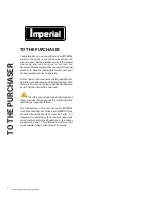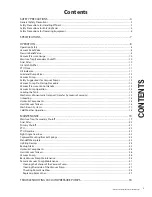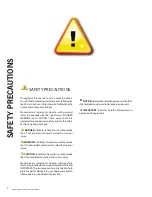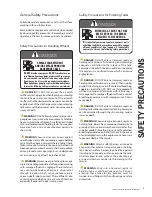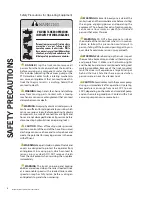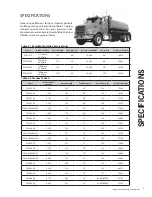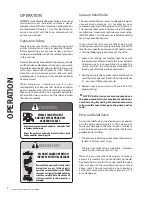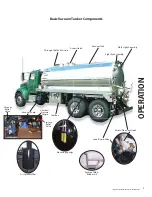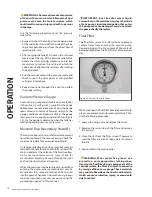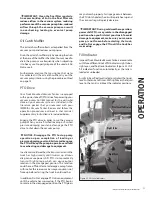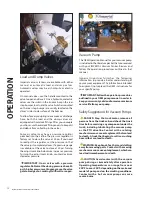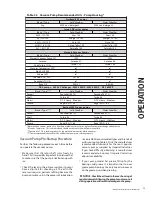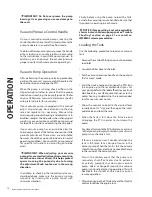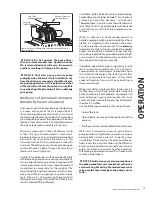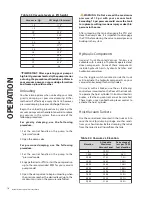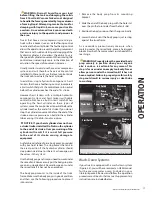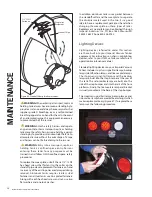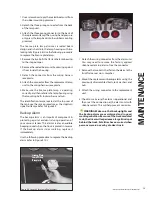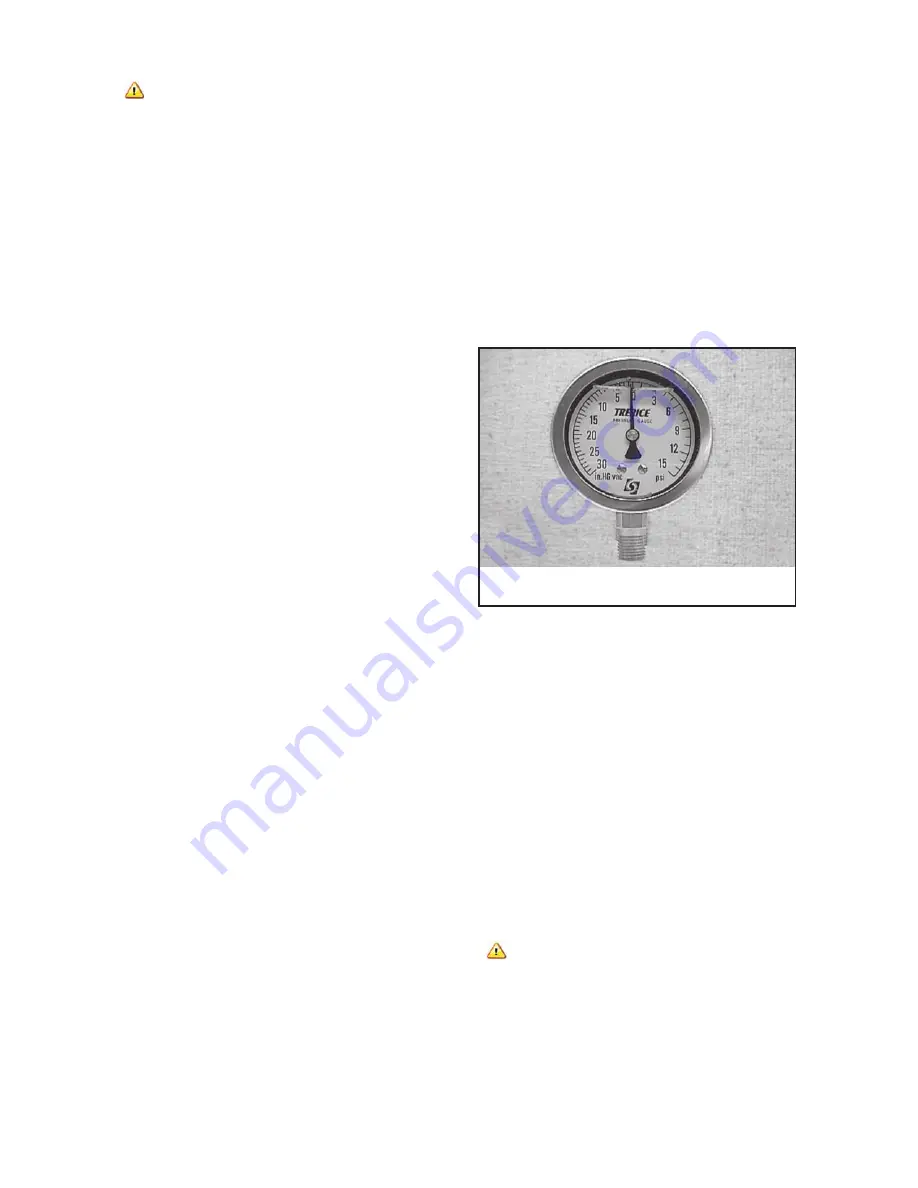
10
IMPERIAL TRUCK MOUNTED VACUUM TANKER MANUAL
Figure 3.2 Vacuum / Pressure Gauge
★
IMPORTANT: Any time that
excess
liquid
accumulates in the moisture trap, clean the inside
of your pump. Liquid contamination that enters
the pump can cause damage if you do not clean
the pump shortly thereafter.
Final Filter
The fi nal fi lter serves as a safety device to prevent
contaminates from entering the vacuum pump.
Depending upon the lint content of the material
being pumped, clean the fi nal fi lter as often as every
day.
When cleaning the fi nal fi lter, provide yourself with
gloves, eye protection, and protective clothing. Then,
use the following procedure:
1. Loosen the wing nuts and remove the cover.
2. Remove the nut on top of the fi lter and remove
the canister.
. Clean the lint from the fi lter screen. If necessary,
swirl the fi lter in a pan of soapy water to loosen
the lint.
4. Reassemble in the reverse order.
WARNING: Wear protective gloves, eye
protection, and appropriate clothing when
cleaning the fi nal fi lter. Being a component of the
vacuum system, the fi lter is subject to exposure
by sewage effl uent or septage. These materials
may contain hazardous chemicals and bacteria,
which can cause infection, injury, or even death
due to contact.
WARNING: Do Not exceed a maximum pressure
of 15 psi with your vacuum tank. Exceeding 15 psi
pressure can cause the tank to rupture, which
could result in serious injury or death to persons
in the area.
Use the following procedure to set the pressure
relief valve:
1. Purge all air from the tank by slowly opening one
of the rear valves. Stand off to the side of the valve
to prevent possible injury from the direct fl ow of
releasing pressure.
2. After purging the tank of air, loosen the setscrew
located near the top of the pressure relief valve.
Rotate the inner cylinder clockwise one to two
revolutions to reduce the setting at which the
valve opens. Retighten the setscrew after making
the adjustment.
. Run the vacuum pump in the pressure mode, and
check to see if the valve opens at the specifi ed
setting as listed above.
4. Repeat steps one through three until you attain
the proper setting.
Vacuum/Pressure Gauge
A vacuum/pressure gauge is located on your tank or
in the airline circuit (Figure .1, page 9). As the gauge
needle moves counterclockwise of zero, the gauge
reads vacuum in inches of Mercury (in.Hg). As the
gauge needle moves clockwise of zero, the gauge
reads pressure in pounds per square inch (psi) (Figure
.2). Use the gauge to determine when the tank has
reached operating vacuum or pressure.
Moisture Trap (Secondary Shutoff)
The moisture trap serves as a safety device to prevent
liquid from entering the vacuum pump. Check the
moisture trap daily for accumulation of liquid.
On tank mounted moisture traps, use the easy access
drain both to check for and to drain off any liquid. The
drain is located at the bottom of the moisture trap.
On frame mounted moisture traps, check for
accumulated liquid by viewing through the sight
eye. To drain liquid, remove the cover.
While the moisture trap helps prevent liquid from
entering the pump, excess accumulation may be
an indicator that some contamination has passed
into the pump. When excess liquid shows up in your
moisture trap, clean your vacuum pump using the
procedure on page 27 of this manual.
OPERA
TION


